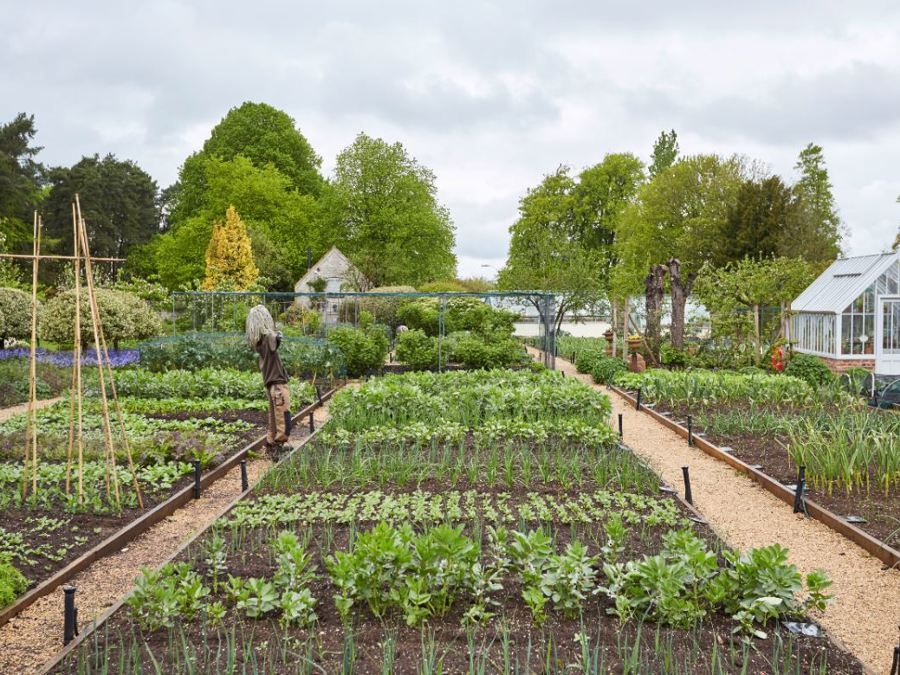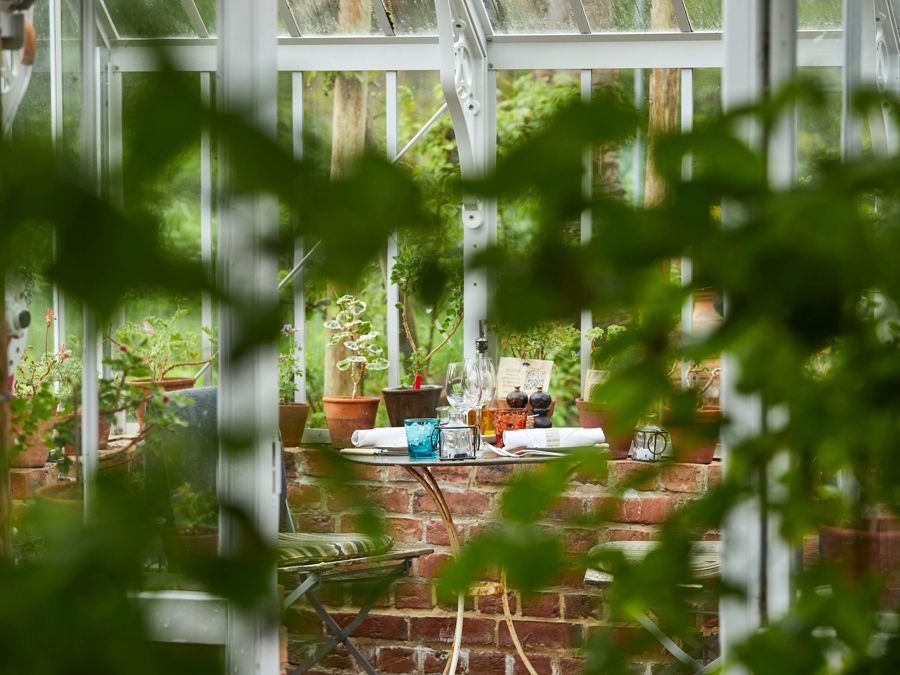Beyond The Kitchen Table

This is not how I thought I'd start this article but here we go. I'd like to dedicate this to my Mum. I wrote it whilst sitting by her beside in the days leading up to Mother's Day this year. Mum taught me how to cook, from scratch, using what we had, and she installed in me a love of hosting friends, family, and often strangers, around a table, using food to nourish mind, body and soul. Rest in peace Mama.
Sustainable eating starts at home.
It's only when you are personally faced with the challenge of planning seasonal and nutritionally balanced meals, sourcing sustainable ingredients and juggling the cost/quality compromise, that you can really start to understand the complexity of sustainable food consumption.
I've been actively building a more sustainable diet for over a year now and I confess that, as the Head Chef of my family's kitchen, I am constantly overwhelmed. I'm paralysed by ticking all boxes - healthy, sustainable, affordable, something toddlers and an Italian husband will actually eat - and quite honestly, sometimes I need a break.
Eating out can certainly alleviate the pressure but with the concept of ethical eating growing in popularity, it's sometimes hard to see past "green marketing" to find the real deal.
In this new series "Beyond The Kitchen Table" I'll explore dining options that support our sustainable intentions, and that might even inspire a few ideas to bring home.

First up, THE PIG - near Bath. I was invited - along with The Wallfish Journal's Hugh Thomas - to eat in their restaurant and learn more about the practicalities of running a restaurant with a sustainable ethos.
If you haven't heard of THE PIG yet, it's a group of country house hotels scattered across the South - primarily South West - of the UK, adorned with an elegant, traditional aesthetic.
Wooden chairs and tables, complementary but not matching, were woven amongst pots of green, in the busy conservatory restaurant, where even on a rainy February day, the light poured in from all sides. The tables were adorned with linen napkins bound by slices of recycled menus, and each hosted a terracotta plant pot, reminding us of the kitchen garden outside, just out of sight.
"At heart, THE PIGs are restaurants with rooms where everything starts with the Kitchen Garden."
From the kitchen's perspective there are even more challenges to sustainable eating than there are for the home cook. New Head Chef, Sophie Fenlon, sits beneath a team that ensures she's working within the parameters of the wider group's ethos, to give PIG diners a consistent experience. In turn she has to tailor her menu to what's available in the kitchen garden and locally, as well as the skill set available within her kitchen.
I admire the choice to have a 25 mile menu as the star of the show and THE PIG's menu does a good job of communicating where each dish comes from - Garden, Greenhouse & Polytunnel, Mendip Hills etc. However, I think giving diners the choice of eating from further afield, as per their more budget conscious set menu, is equally important.
It isn't realistic that every restaurant be immediately surrounded by the most sustainable options, so sometimes proximity must lose out to quality and variety. Transparency - as much as the A2 sized menu is able to communicate - allows the diner to decide their own priorities.
[Edit post publishing. Apparently I got this wrong, THE PIG's set menu is still sourced within 25 miles. However my point stands - sourcing sustainable food is a balancing act and whilst "X" mile menus have become popular, it must be considered that more sustainable options might fall outside of this kind of arbitrary limit.]

Not all basic kitchen ingredients are easily sourced locally. Where possible THE PIG use an adjacent ingredients, like green pepper corns which can be found in Somerset, instead of black which can't, but for something like saffron (apparently grown in Kent), they've had to really do their research.
I can tell from my conversation with Chef Fenlon, and by recognising the brand names on their locally sourced cheese selection, that the relationship with their producers is vital to their menu. As a new member of THE PIG team, Sophie has had to navigate supplier relationships, respecting what has gone before, whilst laying foundations for her time at the helm.
Whilst I have no intention of making the "Beyond the Kitchen Table" series one in which I review restaurants, I will give a quick mention to the "Hock Eggs". Hock, as in ham hock, part of the pig that joins the foot to the leg, coated delicate quails eggs in a charming variation of a Scotch egg. I'm very partial to a Scotch egg and this, for me, ticked all the boxes. I also enjoyed the Saddleback Crackling which allowed pork rind to escape the confines of a Sunday roast and become the star of it's own "bread stick" like starter.
Sustainable eating is full of personal choice. For me THE PIG feels authentic in its intentions and I felt in safe hands when deciding between their vegetarian or meat options and whether to stick to the 25 mile menu or side step into dishes from slightly futher afield. It's true that there are cheaper places to eat, but I believe every pound spent at THE PIG supports local hospitality, sustainable suppliers and is a contribution to keeping ethical eating on the menu.
If you have enjoyed this first "Beyond The Kitchen Table", why not subscribe below so you don't miss future editions? You can also follow The Tale of a Teaspoon on Instagram.